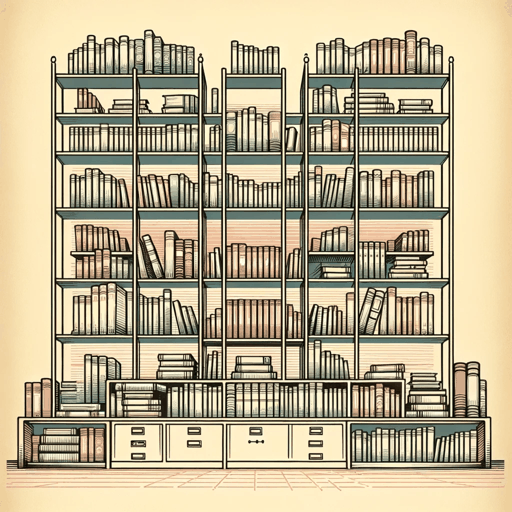29 pages • 58 minutes read
Jorge Luis BorgesThe Library of Babel
Fiction | Short Story | Adult | Published in 1941A modern alternative to SparkNotes and CliffsNotes, SuperSummary offers high-quality Study Guides with detailed chapter summaries and analysis of major themes, characters, and more.
Summary and Study Guide
Summary: “The Library of Babel”
“The Library of Babel” by Jorge Luis Borges is a short story that explores the search for meaning in life, the concept of the infinite, the power of knowledge, and the difference between the human and the divine. Borges is generally categorized as a Postmodern, metafictional, and experimental writer who played with the concept of narrative structure to critique the construction of reality. This work is firmly situated within the speculative fiction genre, weaving together elements of surrealism and fantasy to trigger profound philosophical contemplation on the essence of existence. It was first published in Spanish in Borges’s 1941 collection of short stories, El jardín de senderos que se bifurcan (The Garden of Forking Paths), but was later reissued as part of his more famous collection, Ficciones (1944). It was not translated into English and republished until 1962, as part of a new edited collection of Borges’s stories, retitled Labyrinths and the Other.
Borges is perhaps best known for another short story, “The Garden of Forking Paths” (1941). The garden in that story, like the library in this one, is a symbol of infinite (or effectively infinite) space and time, in which the paths rather than the books signify the branching possibilities of choices and decisions that make up a life. Both stories are considered foundational works in the development of Postmodernism, a literary and cultural movement that gained prominence in the latter half of the 20th century. Postmodernism is characterized by a skeptical stance toward totalizing myths, narratives, and ideologies. Borges’s stories, like those of the explicitly Postmodernist writers who came after him, are less concerned with representing reality than with interrogating the relationship between the fictional and the real.
Over the course of his career, Borges authored approximately 150 pieces of fiction, nonfiction, and criticism, scattered across various volumes and collections. This guide refers to the edition of Ficciones (Fictions) containing the short story “The Library of Babel,” published by the Grove Press in 1962.
Content Warning: The source material and this guide contain brief discussions of suicide and death.
In the story, a nameless librarian describes the incomprehensibly vast library in which he lives and works. This Library (always capitalized in the text) comprises an unknown number of identical hexagonal chambers. Four of the six walls in each chamber are lined with books, while narrow corridors open at each of the free sides to connect each chamber with its neighbors on the same level. A spiral staircase extends through the center of each chamber, leading into other chambers above and below, extending apparently into infinity. The books themselves are largely incomprehensible. Each has exactly 410 pages, each is printed in the same typeface and the same ink and bound in the same binding, but the combinations of letters inside rarely form intelligible words, and even when they do, the words rarely make sense.
The librarian is one of many working in the Library, though he does not know how many and has a sense that—due to the prevalence of suicide and lung disease—their number is dwindling. The librarian is approaching old age. He expects to die soon, after which “compassionate hands” will throw his body over the railing, to be worn away by wind erosion during its infinite fall.
Amid this surreal backdrop, the librarian explains what is known about the Library. First and foremost, it has always existed, a perfect design that could only be the handiwork of a divine creator. Second, it adheres to a strict lexicon of 25 orthographic symbols, encompassing the 22 letters of the Spanish alphabet (the language in which this tale is told) and three punctuation marks. After many centuries and much debate, the librarians have concluded that the Library contains every possible combination of these 25 symbols—a number of books that is unimaginably vast but, importantly, not infinite. This means that the Library contains, tantalizingly, every true thing that can ever be written, but also such a vastly greater number of untrue or nonsensical texts that truth and meaning are effectively impossible to find.
Within the labyrinthine corridors of the Library of Babel, various religious sects and movements embark on quests for meaning and understanding. While some tirelessly pursue rationality and truth, diligently translating countless works in search of clues about the Library’s origins and the universe, others take a starkly different approach. They accept their world’s seemingly nonsensical and chaotic nature, embracing it as a reflection of an indifferent cosmos, where randomness and absurdity reign supreme. The librarian himself remains convinced that order and meaning exist within the Library, though as the story ends, he appears resigned to the fact that he will never find it.
Related Titles
By Jorge Luis Borges
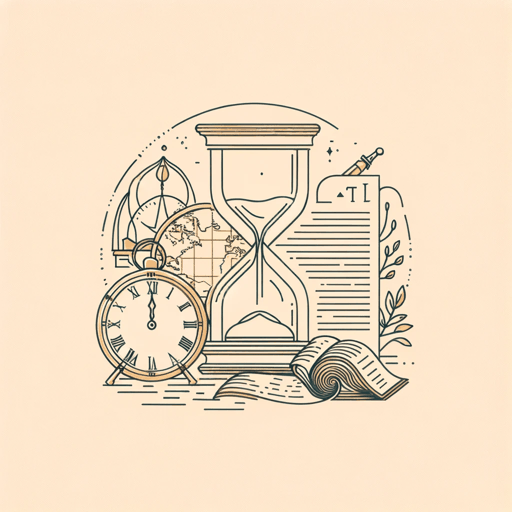
Borges and I
Jorge Luis Borges

Ficciones
Jorge Luis Borges
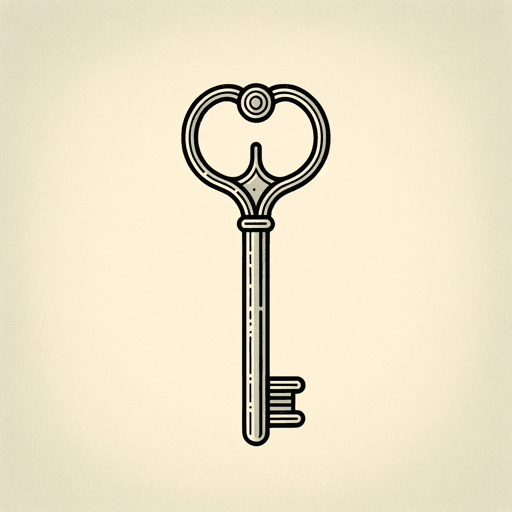
In Praise of Darkness
Jorge Luis Borges
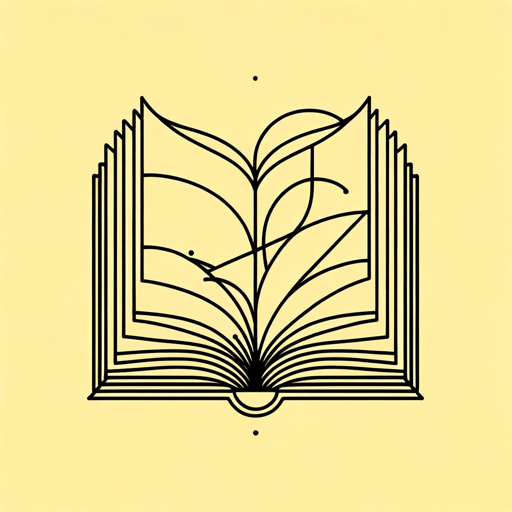
Pierre Menard, Author of the Quixote
Jorge Luis Borges

The Aleph
Jorge Luis Borges

The Aleph and Other Stories
Jorge Luis Borges
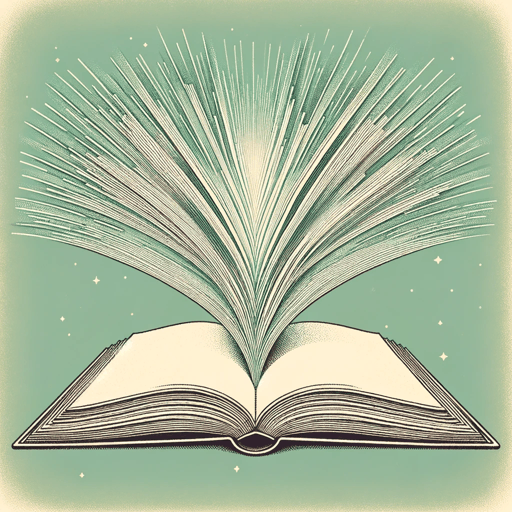
The Book of Sand
Jorge Luis Borges
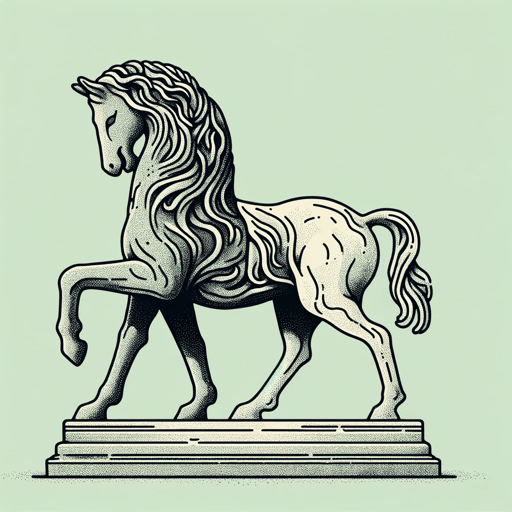
The Circular Ruins
Jorge Luis Borges
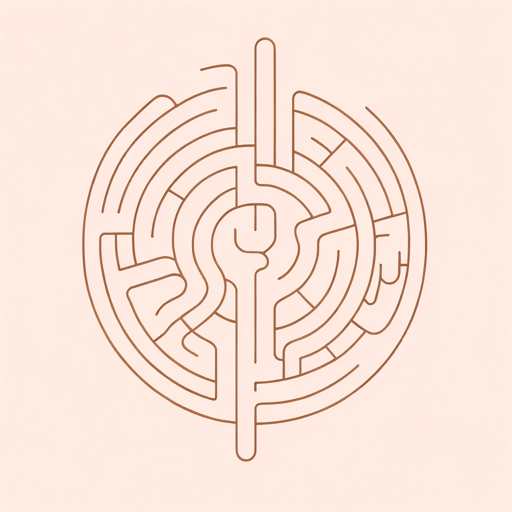
The Garden of Forking Paths
Jorge Luis Borges
